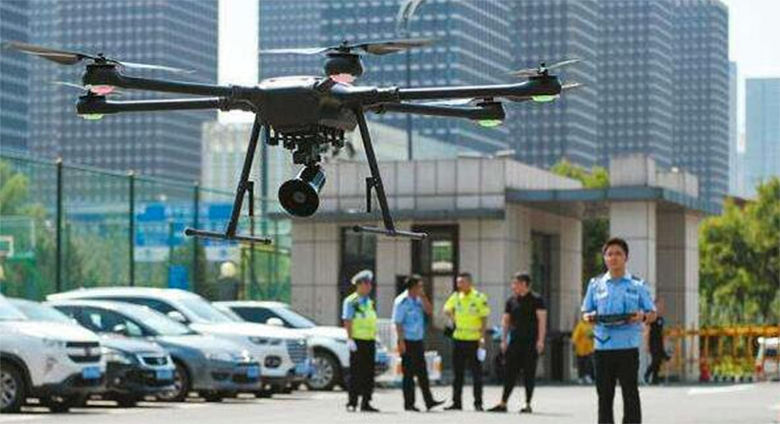As the COVID-19 pandemic continues to spread all around the world and social distancing becomes the new normal, countries are looking to technology for help amid this crisis. Drones could potentially become a big part of the solution as they can enter and collect data in environments or conditions dangerous to humans. Drones help mitigate worker shortages and reduce human exposure to COVID-19.
3 ways drones are helping countries fight COVID-19:
- Drones being used for medical delivery
- Drones to monitor quarantine areas
- Drones to disinfect cities
From medical delivery, patrolling lockdowns, and disinfecting areas, drones are helping fight the pandemic in some of the worst affected areas around the world. In February, China used drones to fly medical samples and quarantine material in China’s Xinchang region. China, India, and Spain have used drones to monitor people during lockdown. China, India, and South Korea have deployed drones to help disinfect areas.
In the US, police and public safety departments have embraced drones for routine police operations. According to the Bard College Center for Drone Study, at least 1,578 local and state public safety agencies have acquired drones. UPS, in partnership with Matternet, is using drones to deliver life-saving medical samples to WakeMed’s Raleigh campus in North Carolina.
Chula Vista Police Department (CVPD) is deliberating on whether to use drones equipped with speakers in the fight against COVID-19, sending them out to reach vulnerable populations in inaccessible areas like urban canyons with homeless encampments.
Privacy concerns have led to some police departments shutting down drone operations. However, public safety agencies can gain trust and support by practicing transparency by making drone usage and drone flights public.
Could the US scale up drone operations to help fight COVID-19 like other nations around the world? Using drones compared with traditional methods keeps first responders out of harm’s way and can work faster. As this pandemic continues, we may see more drones and other autonomous robots become the first line of defense.


